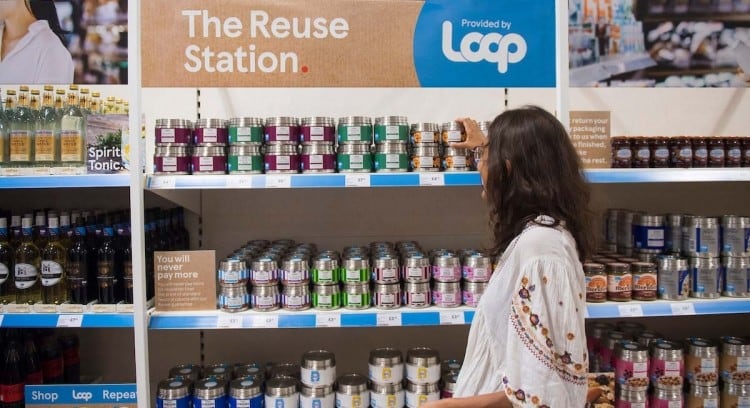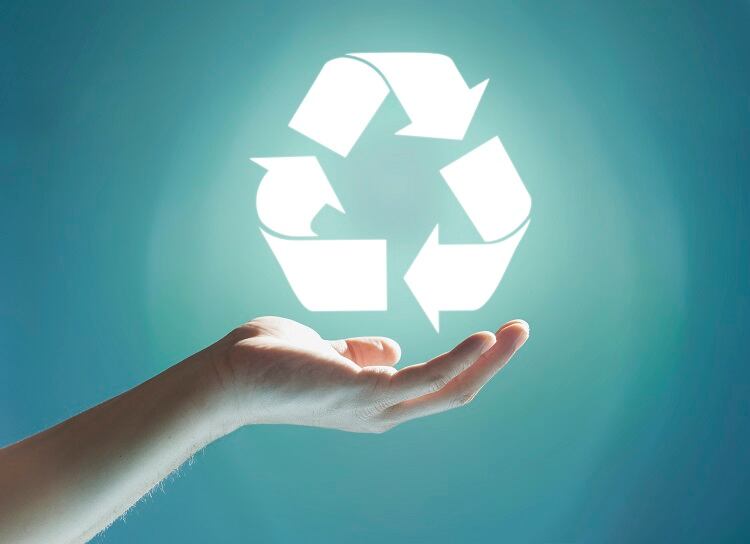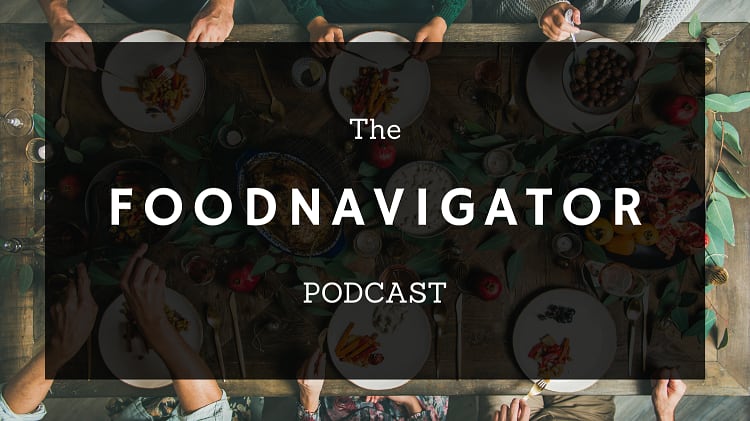TerraCycle initiative Loop first launched at the World Economic Forum in Davos back in 2019. According to Clemence Schmid, general manager of Loop Global, the business is the ‘next evolution’ of TerraCycle – a company on a mission to eliminate the idea of waste.
Whereas TerraCycle facilitates the recycling of ‘hard to recycle’ packaging to create new products, Loop is focused on reuse. “It’s about tackling waste at the root cause, which is disposability. We want to prevent packaging from becoming waste in the first place by keeping them as they are today, for as long as possible, in the economy.”
Modernising an old concept
The concept of reusable packaging is not new. One of the most well-known examples of reusable packaging comes from the milkman – a profession that started as early as the late 1700s.
As per this model, the milkman would deliver milk in glass bottles to households, which would return the bottles once the milk was consumed. The milkman would then clean and reuse the bottles.
Crucial to the success of this model is the packaging: the glass bottle. Being durable means that it could be reused multiple times, and since it was an asset owned by the milkman, there was an economic – rather than environmental – incentive to make the bottle as durable as possible.
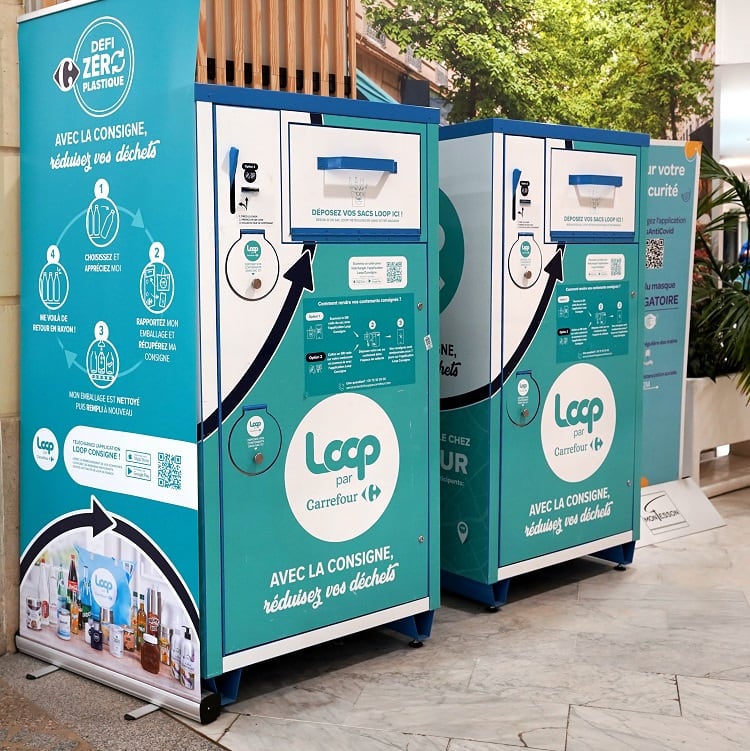
Loop is bringing back this model, explained Schmid, by adapting it to a more modern way of consumption. The business collaborates with brands and manufacturers to enable refillable versions of their conventional single-use products. Loop also partners with retailers to embed these offerings into their online and bricks-and-mortar stores.
“We work with brands and manufacturers to bring the ownership of the packaging back [from] consumers, who don’t intend to own the packaging in the first place – they’re only interested in the content.”
And just as there was incentive for the milkman to make glass bottles as durable and reusable as possible, there is incentive for brands and manufacturers to do the same in Loop. The model ‘unleashes’ the opportunity for companies to make their packaging as long lasting as possible, Schmid told this publication. The reuse concept leads to innovation and better packaging, with benefits for the shopper too. “Consumers will ultimately benefit from having a better experience with their product.”
How does Loop work in practice?
Loop partners with many household-name brands and retailers, from Nestlé to Unilever, Danone, Carrefour and Tesco. The latter recently completed online and physical trials with Loop in the UK, whereby over a period of nine months thousands of people bought their daily groceries and household goods in reusable packaging.
“The initial results of this first-of-its kind trial at Tesco were very encouraging,” reported Loop. “Customers highlighted their appetite to see the reuse scheme develop. This has paved the way for a new way of shopping to reduce the impact of plastic waste.”
For the consumer, there are a couple of key differences to the way they shop using the Loop platform. In the Tesco trial, for example, consumers visited the Loop Reuse Station within selected Tesco stores to buy a selection of products from over 50 brands – including Coca-Cola and Heinz – sold in zero waste, refillable packaging. Shoppers were encouraged to take their products home in a waste-free Return Bag rather than a plastic alternative.
At the point of sale, consumers pay a deposit. This deposit is returned to the consumer when they drop off the empty container at a Loop Return Point. Loop then collects the empty packaging to be cleaned and refilled, before again being sold on store shelves.
Importantly, the empty container can be returned to any Loop Collection Point – it needn’t be returned to where it was purchased. “The Loop Collection Points to date work within the Loop network. Any partner of Loop has a Loop Collection Point, which enables [consumers] to buy anywhere and return anywhere,” explained Schmid.
“Our objective is to maximise accessibility, to expand the network across many different locations, both private and public.”
Decoupling reduction targets from business growth
In that consumers pay a deposit when the packaging is purchased, and that deposit it repaid when the packaging is returned, the platform is not dissimilar to a classic deposit return scheme (DRS). There is at least one major difference, however.
In the DRS proposed for Scotland, the focus is on single-use beverage containers. But Loop does not serve just one category, explained Schmid. “Loop has proven a DRS which spans across as many SKUs as you can possibly think.
“We believe that everything that is packaged in single use packaging today can be packaged into reusable packaging tomorrow.”
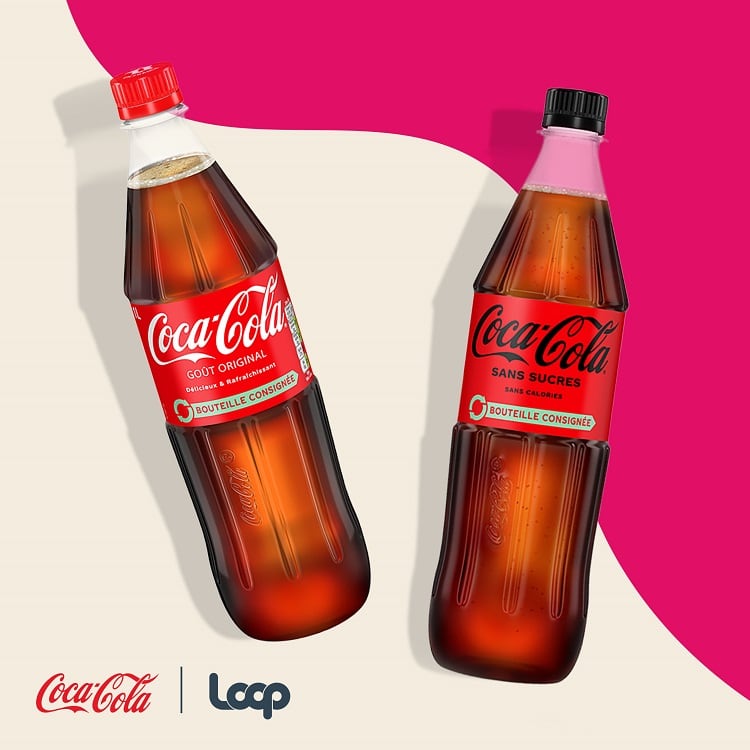
Another difference is the reusable nature of the packaging in Loop’s platform, made from a variety of materials with different properties relevant to different categories. Materials include glass, alloys, and durable plastics.
Plastics are a ‘big environmental issue’, stressed the general manager, but the material also has benefits in packaging: it is durable, lightweight, versatile and cost-effective. Focus should not be on vilifying plastic, but on ensuring it stays in the economy, in its current form, for as long as possible, Schmid suggested.
As to whether Loop has finds it challenging to onboard new companies to the platform, the general manager told it hasn’t been a challenge. With a large number of companies pledging commitment to virgin plastic reduction or increased recyclability, the value of reuse is widely recognised.
“Reuse enables them to decouple their reduction targets from their business growth, which is obviously a model that is extremely appealing to many companies.”
Further, legislative pressure is growing in Europe. There is an obvious need to transition, said Schmid, and Loop is helping to encourage this shift.
It likely helps too that the reuse model has long been used in food and beverage at scale. Across many EU countries glass beverage bottles are sold on consignment, and returned after consumption to the manufacturer for reuse.
In restaurants, too, the experience is ‘completely reusable’, we were told. “You eat on a plate, you use knives and forks, you drink from a glass – all that have been used by people before you and collected and cleaned to the right standards by the establishment. You don’t have a second thought about it.”
Changing the mindset towards reusability
Last century, packaging radically shifted towards single use, rather than reuse formats. With more reuse packaging coming on the market, are consumers’ mindsets shifting once more?
Tesco and Loop have ceased their trial, but last year Tesco’s responsible sourcing director Giles Bolton reported it was positively received by its customers. Products in reusable packaging that proved most popular included known brands such as Coca-Cola as well as own label essentials such as granola, basmati rice and olive oil.
There is still more to do to get encourage a cultural and behavioural shift from customers, however. The prefill model of reuse has ‘strong potential’, said Bolton in a blog, and while it is disruptive to usual ways of working, he said it’s possible to adapt supply chains working partnership with suppliers to maintain the quality and availability that consumers demand.
“Reuse represents a radical change in the shopping experience and while customers support the environmental principle, industry, policymakers and supply chains will need to work hard and work collectively to support and incentivise customers to adopt new shopping behaviours, while ensuring they don’t come at a cost to shoppers.”
When asked whether consumers’ mentality is changing – unrelated to the Tesco trial – Schmid said they are, ‘unequivocally’. “Consumers are ready to have a better and more circular consumption.
“There is only one barrier to this: awareness and accessibility…We need to make it as easy as possible, as an industry, for consumers.”
You can listen to FoodNavigator’s interview with Clemence Schmid, general manager, Loop Global on The FoodNavigator Podcast here, or wherever you access your podcasts.


